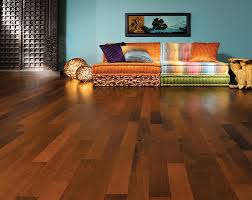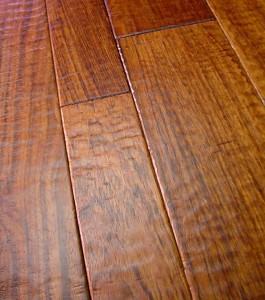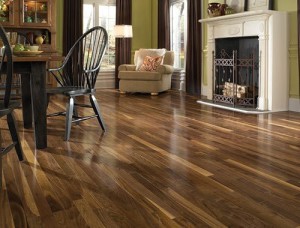Why You Need To Consider Prefinished Wood Flooring
In the simplest words possible, prefinished wood flooring is flooring made from timber that is assembled at the site. It is gaining popularity because these days, people want greater personalization as well as advanced aesthetic values in the kind of flooring they opt for. That is how wood flooring prefinished comes into the picture. It is easily customizable and offers value for money.
Types
There are two major types of prefinished wood flooring:
- The first is prefinished solid wood flooring. They are made of planks made from the same block of timber. They are thicker, durable and strong.
- The second, which is prefinished engineered wood flooring, is made of more than one layer of wood. Each layer is placed perpendicular to the one below it to increase stability.
Solid wood floors expand and contract with temperature changes. A gap is therefore left between the floor and wall. Engineered wood floors do not require such gaps and can be installed without professional assistance.
Selection
Selecting the proper wood pieces for flooring is essential to prevent unnecessary maintenance and expenses in the future. Note that wood floors plus comes with numerous advantages, but only if the raw material is selected properly and processed properly. Before the purchase:
- Prepare a list of requirements and shortlist a few varieties based on this list.
- Check prefinished wood flooring reviews to understand the reputation of wood flooring dealers and manufacturers.
- Inspect for any damages, scratches, smoothness, and broken seals. This is simply because the cost and expenses associated with restoration can exceed that of new purchases.
Installation
It is better to employ professionals for installation. However, engineered wood floors can be installed without specialist assistance. Before installation, wear protection for eyes and ears and have basic equipment such as cutting saw, brush, vacuum cleaner, wood sand paper, wood cleanser, de-greaser, pry bar, and fan.
Pre-Installation Procedures:
- Cleaning and de-greasing by using brush, vacuum cleaner, wood cleanser, and de-greaser.
- Smoothening by wood sand paper.
- Finishing the planks by polishing them after they are stained and sealed. Dry out polished planks by using the fan.
Installation Procedures:
- Sizing up the planks so that they fit at the ends with walls, doors, and vertical support columns in the wall.
- Connect the planks by using adhesive or any other fastener. Ensure correct sizes of the planks before joining them.
- Prepare the base and ensure it is perfectly horizontal before placing the wooden flooring above it. Rough surface is likely to make the installation imperfect.
Pros and Cons
Like so many other building materials, prefinished wood flooring has its merits and demerits. As compared to concrete flooring, wooden flooring is:
- More adjustable with climate changes
- Less expensive
- More aesthetic and flexible as the design and looks can be changed and further refined
- Easy to install and maintain
On the down side, are:
- Inadequate refinishing as a result of limited thickness
- Dirt, water, and grime can enter through the seams between planks and cause mold or rot to grow beneath
- Actual surface reflects the irregularities below
Conclusion
It goes almost without saying that prefinished wood flooring is a great way to add great looks to residential and commercial spaces. However, the installation process is detail oriented and cumbersome if undertaken without professional assistance. You have no choice but to get everything right before going for that wooden floor. You also have to read a lot about wooden flooring so as to know what you are getting yourself into. In the end however, your effort will be crowned with a wooden floor you will always be proud of.



